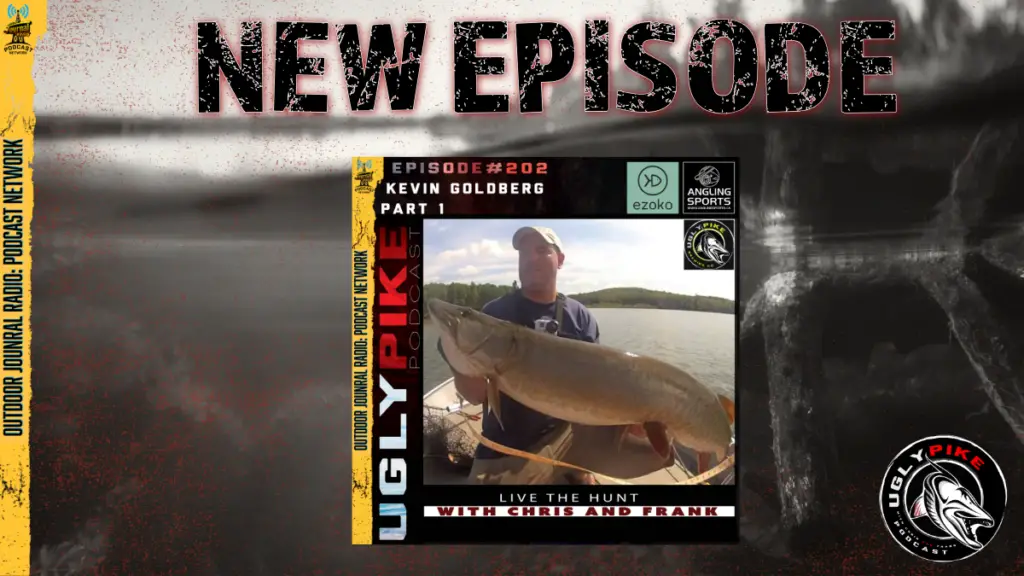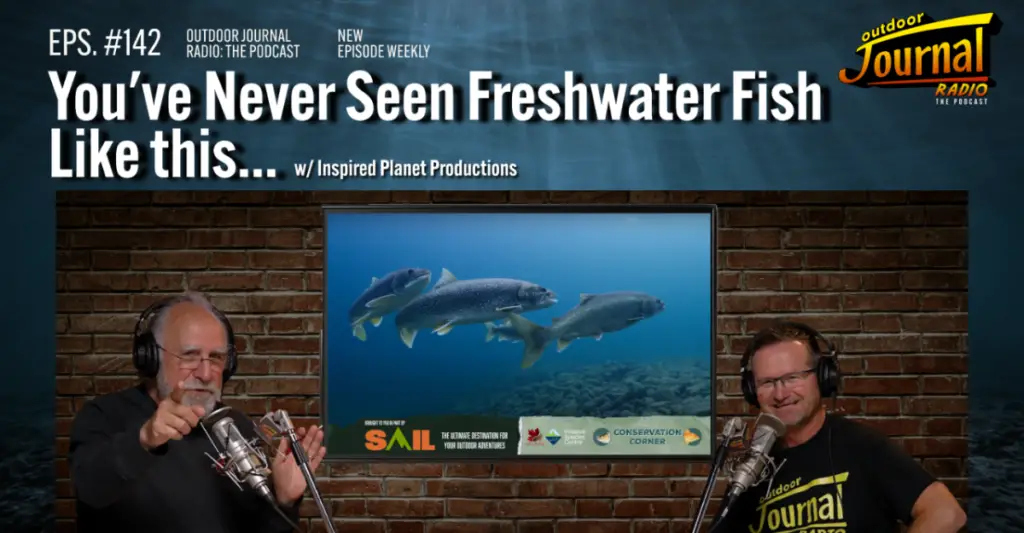Written By: Calvin Pennell
As a young boy, I developed a great interest in the inner workings of machinery. Investigating what made these intricate mechanical beings operate, soon became a lifelong endeavor. Over the years, questions and speculations about everything I was involved in, no matter the subject, raced through my head. The desire for knowledge grew substantially.
Blending my passion for fishing and what I have rationalized, has activated a very close relationship with nature. It has led me on a journey much like a Jigsaw Puzzle. Assembling the tiny pieces of information to form a larger and more comprehensible picture, has given me a greater understanding of the world in which we live.
Lately, I have spent a considerable amount of time dissecting and analyzing articles on fishncanada.com, presenting my unbiased perspective on a number of subjects. As time progressed, the learning curve has now afforded me the opportunity to write my own articles and pass along this vital information.
In Highschool, I was quite proficient in Chemistry, Mathematics, Geometry, and Trigonometry, which should explain my interest in this subject. Not bad for a guy who specialized in Sheet Metal and Welding.
I don’t want anyone “Tapping Out” before the bell. So without further ado, there are a few other areas I would like to investigate that appear vitally important to the fishing industry.
Trophic Lake Classifications
For eons, lakes have been classified as to their Trophic existence. Trophic means nutrition or fauna growth as indicated by the health aspect of our lake systems.
There are three primary areas that should be considered in this area.
The amount of nutrient supply:
- 1) Land and rock structure of the lake and drainage system.
- 2) Soil and other rotting plant matter.
- 3) Human land uses and personal management practices.
Climate:
- 1) Amount of sunlight shining down on the water body.
- 2) Temperature of the water and air is also a concern.
- 3) Hydrology aspect (amount of Summer and Winter precipitation and lake turnover.
The geographical dynamics or morphometry of the lake:
- 1) Average high and low water levels.
- 2) The cubic volume and square footage of the surface area of the lake.
- 3) The watershed to lake surface area ratio should also be considered.
That being said, let’s get on with the task at hand before I go too far off on a tangent.
Eutrophic Lake
Water bodies that are Eutrophic, contain high levels of biological life forms. A multitude of plant life is supported by these lakes due in part to the rich nutrient content. A case in point would be the amount of dissolved Nitrogen and Phosphorus. Eutrophic Lakes multiply and support lake fauna primarily due to the high Oxygen content afforded by many plants thriving in and around the lake.
Unfortunately, when things get way out of whack and plants or Algae blooms begin to smother these lakes, the fauna suffers due to the high levels of Oxygen taken in by the overabundance of aquatic vegetation. This excessive Eutrophication may occur naturally or by ill-timed human intervention. More on that destructive subject later.
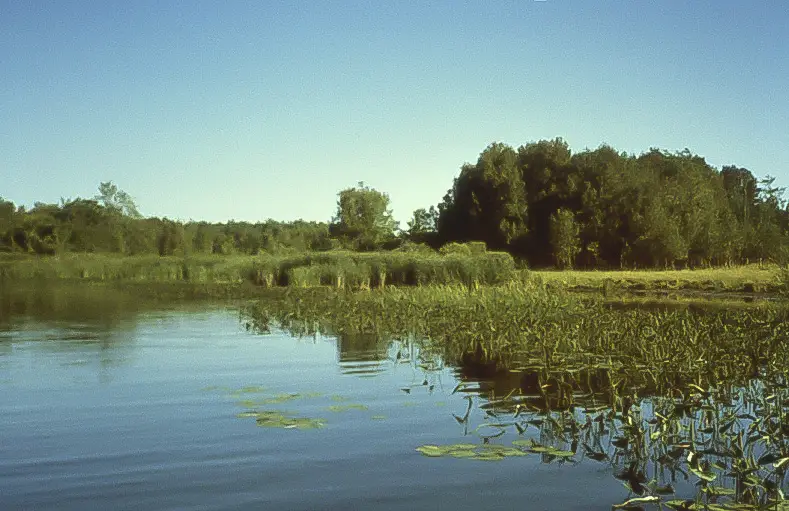
Mesotrophic Lake:
Mesotrophic Lakes contain a narrow range of nutrients, principally Phosphate and Nitrate, the concentration of which is considered to be neither high nor low. In most cases, Mesotrophic lakes have a nutrient concentration 0.3 – 0.65 mg/l of Nitrate and 0.01 – 0.03 mg/l of Phosphate.
These lakes potentially have the highest diversity of plants and animals of any lake type. Relative to other types of lakes, they contain a higher portion of scarce and rare aquatic plants. They are also important for many types of insects, including Dragonflies, Water Beetles, and Mayflies.
http://www.nebiodiversity.org.uk/biodiversity/habitats/wetlands/mesotrophiclakes/#:~:text=Mesotrophic%20lakes%20contain%20a%20narrow,0.03%20mg%2Fl%20of%20phosphate
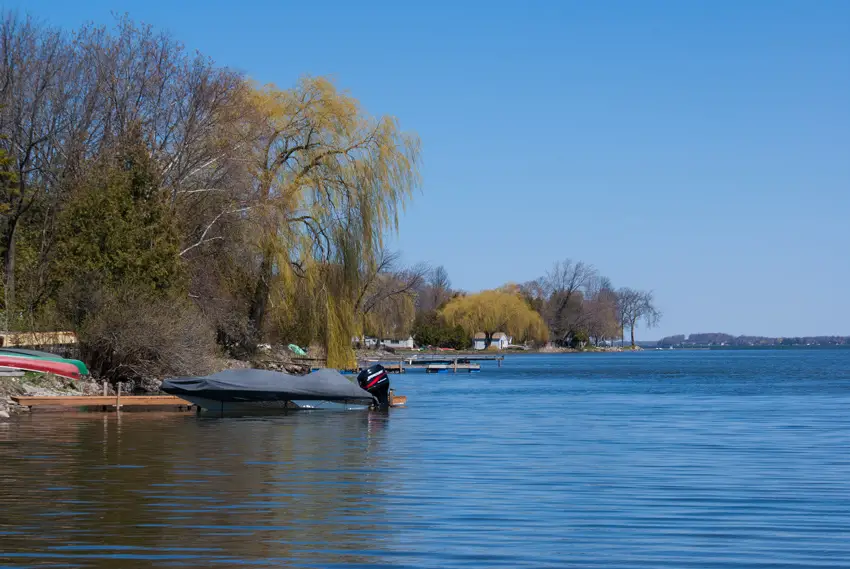
Oligotrophic Lake:
An Oligotrophic Lake has relatively low productivity, due in turn to the low nutrient content of the lake. The waters of these lakes are quite clear because of the limited growth of Algae. Consequently, the water in these lakes is of high drinking quality. They support aquatic species that require well-oxygenated, cold water such as Lake Trout.
Oligotrophic Lakes are usually found in the colder regions of the world where mixing of nutrients is rare and slow due to the temperature of the lake waters. Many of these types can be found in the Canadian Shield and Rocky Mountain areas of Canada. Glaciers play an integral part in their formation.
Source
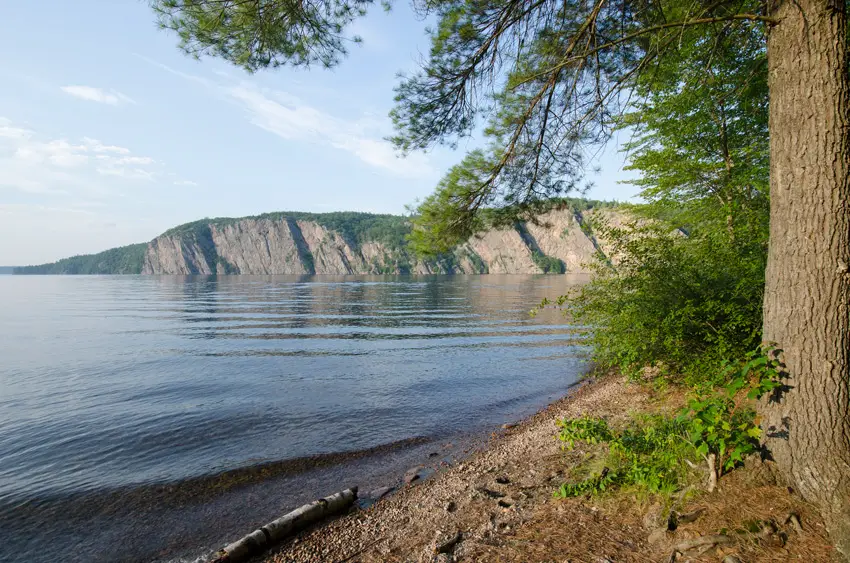
There is one other type of lake worth mentioning that has somewhat of a hyperventilation effect to our ecosystem.
Hypereutrophic Lake:
“These lakes suffer from problems due to excessive plant and Algae growth from a hyper supply of growth nutrients, resulting in little transparency. Their waters have visibility lower than three feet. Hypereutrophic Lakes also has more than 100 micrograms/l of Phosphorus and more than 40 micrograms/l of Chlorophyll. The overgrowth of Algae often suffocates the fauna, and this will create dead zones beneath the surface destroying fish and other aquatic life in the process.”
Source
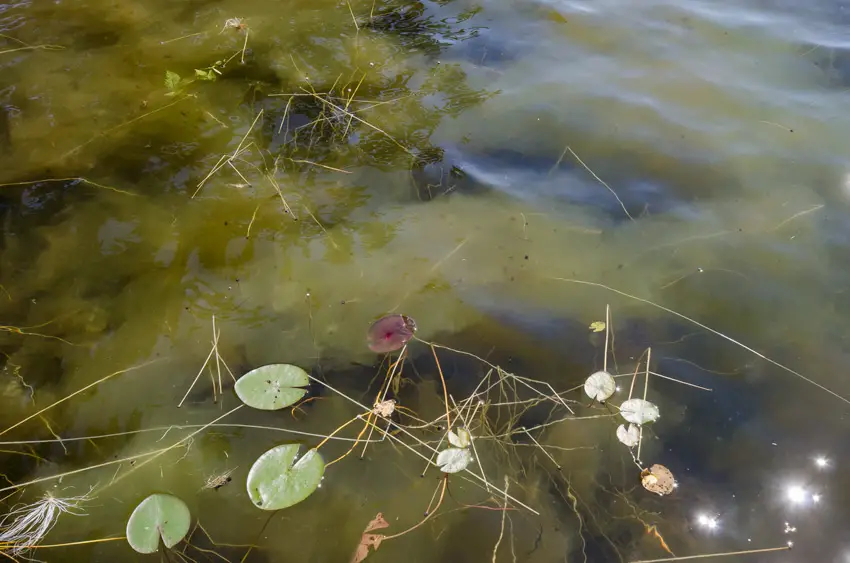
Influencing Factors Of The Waterbody
Both natural and human-made factors might influence the Trophic state of a water body. If the lake is located in a region that has a high level of nutrients, the lake will naturally be in a Eutrophic state. Sewage entering the lake intentionally or accidentally, agricultural runoffs from crop fields or fertilizers leaching into the waters are different ways in which nutrients are added to the water due to human activities. Factory pollutants and acid rain add to the deluge.
Source
The Need To Manage The Trophic Levels
Different target users may require a water body to have a distinct trophic level. For example, those intending to use the water body for leisure activities for swimming and sailing an Oligotrophic Lake would be an ideal choice. Those wishing to attract birds to create a bird sanctuary would prefer a Eutrophic Lake with plenty of Algae to feed these avian creatures. A Mesotrophic Lake in the meantime would be ideal for fishing.
Source
In closing, whatever the circumstances or conditions in your area, understanding the lake environment your target species chooses to reside, will undoubtedly give you a much better chance of landing that fish of a lifetime.




